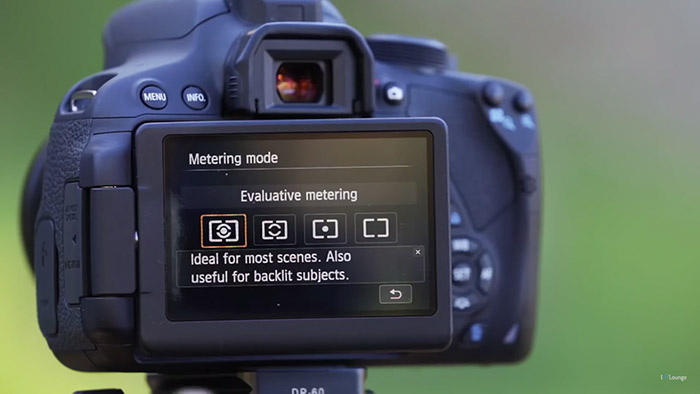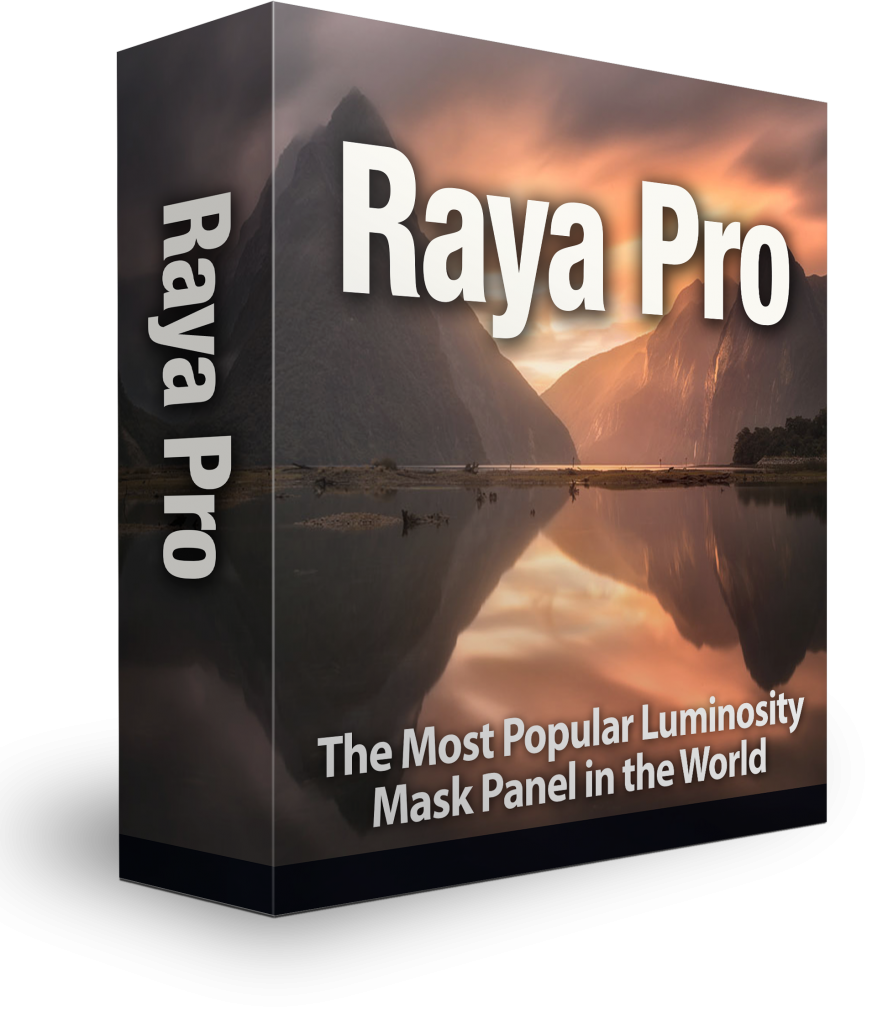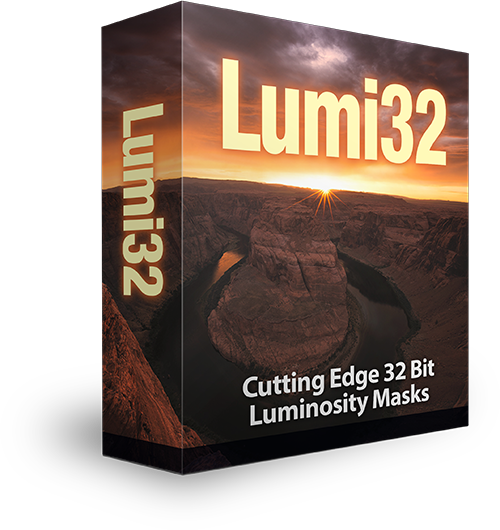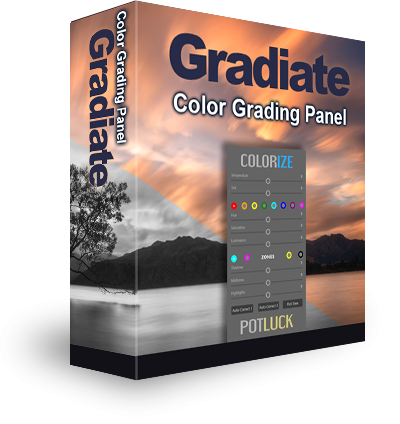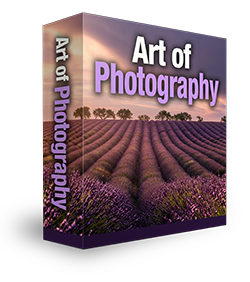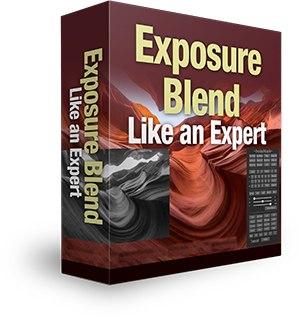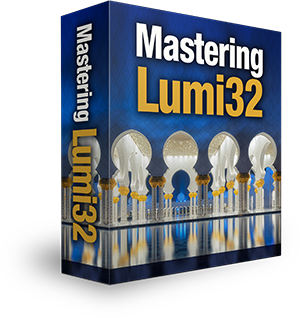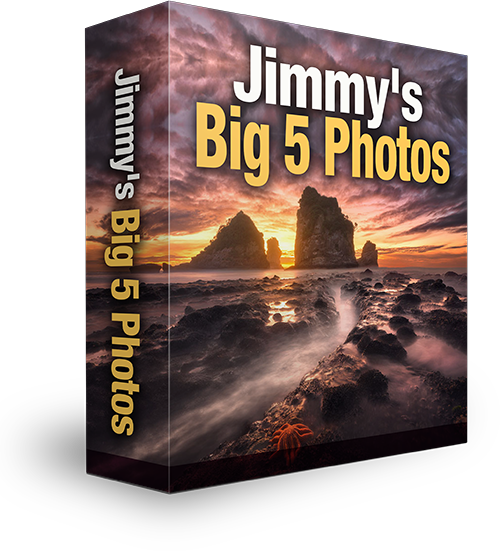Understanding The 3 Primary Metering Modes
The guys at SLR Lounge have created a very concise guide to understanding and using the three most common metering modes: Spot, Average and Matrix (they may be called something else on your camera).
For simple scenes, Matrix or Average metering will suffice, especially if you’re auto-bracketing. However, a very useful technique to manually bracket is to switch to spot metering and shift the spot onto an area you wish to expose for.
Then, when you’re finished, simply select another spot in the scene which was over or under exposed in the last exposure and expose for that by shifting the spot onto that. That way we can ensure that we have correctly exposed for areas of extreme light in our scene.
